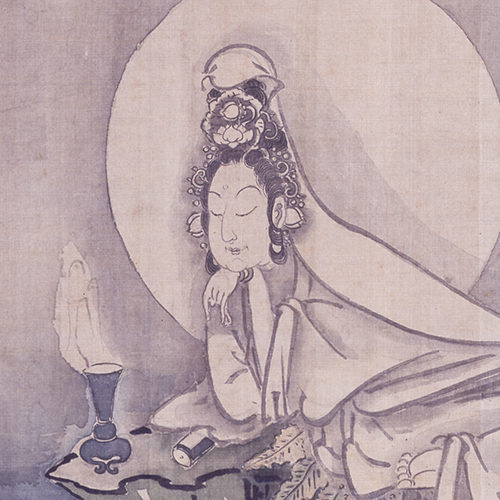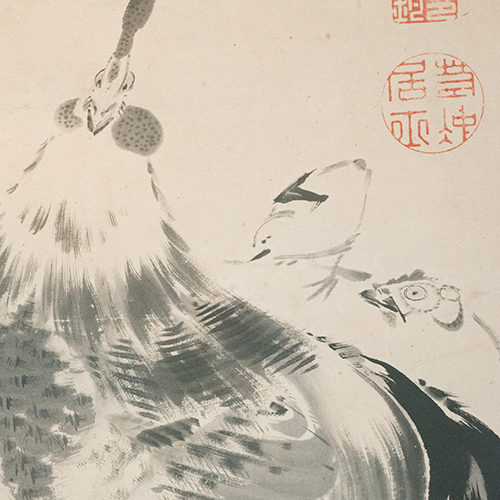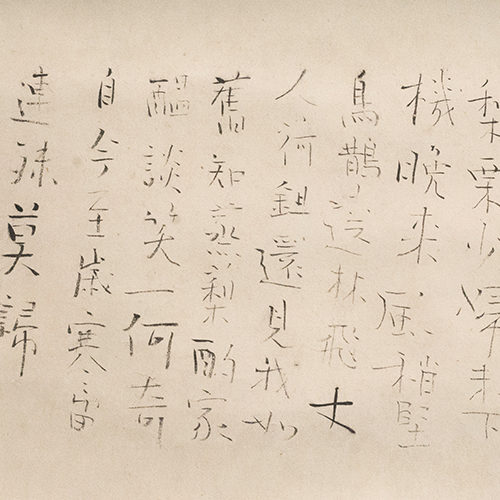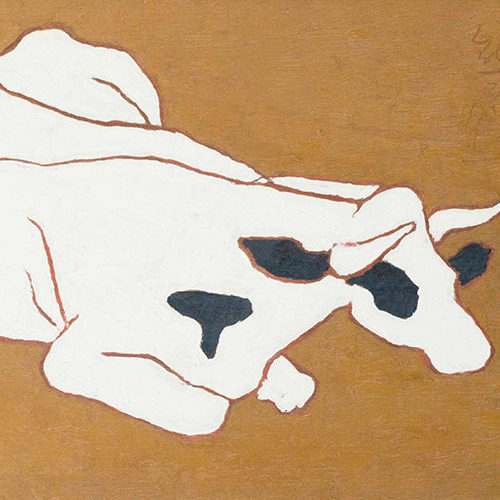Takeuchi Seiho (1864-1942) was a Japanese painter active from the Meiji to Showa periods. He was a pioneer of modern Japanese painting. His real name was Tsunekichi, and he was first called Seiho. His other name is Kasumichuan.
At the age of 14, he became a student of Tsuchida Eirin of the Shijo School, and from the age of 17, he studied under Kouno Umelei of the same school. From that time on, he became a prominent figure and was called the first of the “Four Heavenly Kings of Umelei. In 1883 (Meiji 16), he began working at the Kyoto Prefectural School of Painting (now Kyoto City University of Arts) with Kikuchi Yoshifumi and others, and in the following year, he exhibited at the 2nd National Painting Exhibition and received a certificate of commendation. In 1899, he was nominated to teach at the Kyoto Municipal School of Arts and Crafts. In 1900, he was appointed to visit the World Exposition in Paris and spent about six months in Europe. His painting style, which mixed the brush strokes of various schools, was ridiculed for a time as “White White Man School,” but he established his own style by incorporating the realism of Western and classical Chinese paintings based on the traditional sketching of the Maruyama-Shijo School.
He was also active in teaching younger artists, and trained numerous students, including Nishiyama Suisho, Tsuchida Bakusen, Ono Chikkyo, Uemura Shoen, Tokuoka Shinsen, Yamaguchi Kayo, and Hashimoto Sekisetsu.
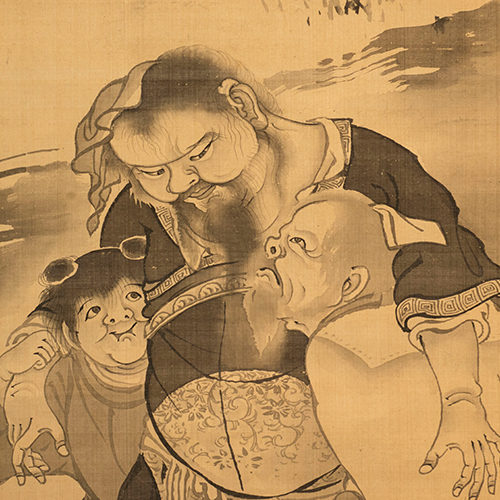
![Kyoto [Gallery-So] for purchase, sale, and appraisal of art works](http://gallery-so.net/wp-content/uploads/2020/05/so-logo.png)
